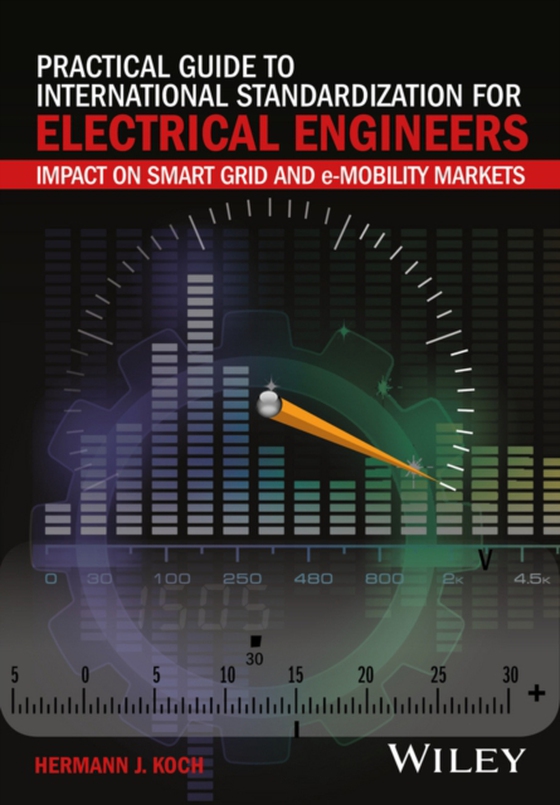
Practical Guide to International Standardization for Electrical Engineers e-bog
1002,81 DKK
(ekskl. moms 802,25 DKK)
Practical Guide to International Standardization for Electrical Engineering provides a comprehensive guide to the purpose of standards organizations, their relationship to product development and how to use the standardization process for cost-effective new product launch. It covers major standardization organizations in the field of Electrical Engineering offering a general overview of the va...
E-bog
1002,81 DKK
Forlag
Wiley
Udgivet
2 maj 2017
Genrer
THR
Sprog
English
Format
pdf
Beskyttelse
LCP
ISBN
9781119067436
Practical Guide to International Standardization for Electrical Engineering provides a comprehensive guide to the purpose of standards organizations, their relationship to product development and how to use the standardization process for cost-effective new product launch. It covers major standardization organizations in the field of Electrical Engineering offering a general overview of the varying structures of national standardization organizations, their goals and targets. Key questions for standardization are answered giving the reader guidance on how to use national and international standards in the electrical business. When shall the company start to enter standardization? How to evaluate the standardization in relationship to the market success? What are the interactions of innovations and market access? What is the cost of standardization? What are the gains for our experts in standardization? Key features: Provides guidance on how to use national and international standards in the electrical business. Global active standardization bodies featured include IEEE, IEC and CIGRE as well as regional organizations like CENELEC for Europe, SAC for China, DKE for Germany, and ANSI for USA. Case studies demonstrate how standardization affects the business and how it may block or open markets. Explains the multiple connections and influences between the different standardization organizations on international, regional or national levels and regulatory impact to the standardization processes. Two detailed focused case studies, one on Smart Grid and one on Electro-Mobility, show the influence and the work of international standardization. The case studies explain how innovative technical developments are promoted by standards and what are the roles of standardization organizations are. A valuable reference for electrical engineers, designers, developers, test engineers, sales engineers, marketing engineers and users of electrical equipment as well as authorities and business planners to use and work with standards.
 Dansk
Dansk

